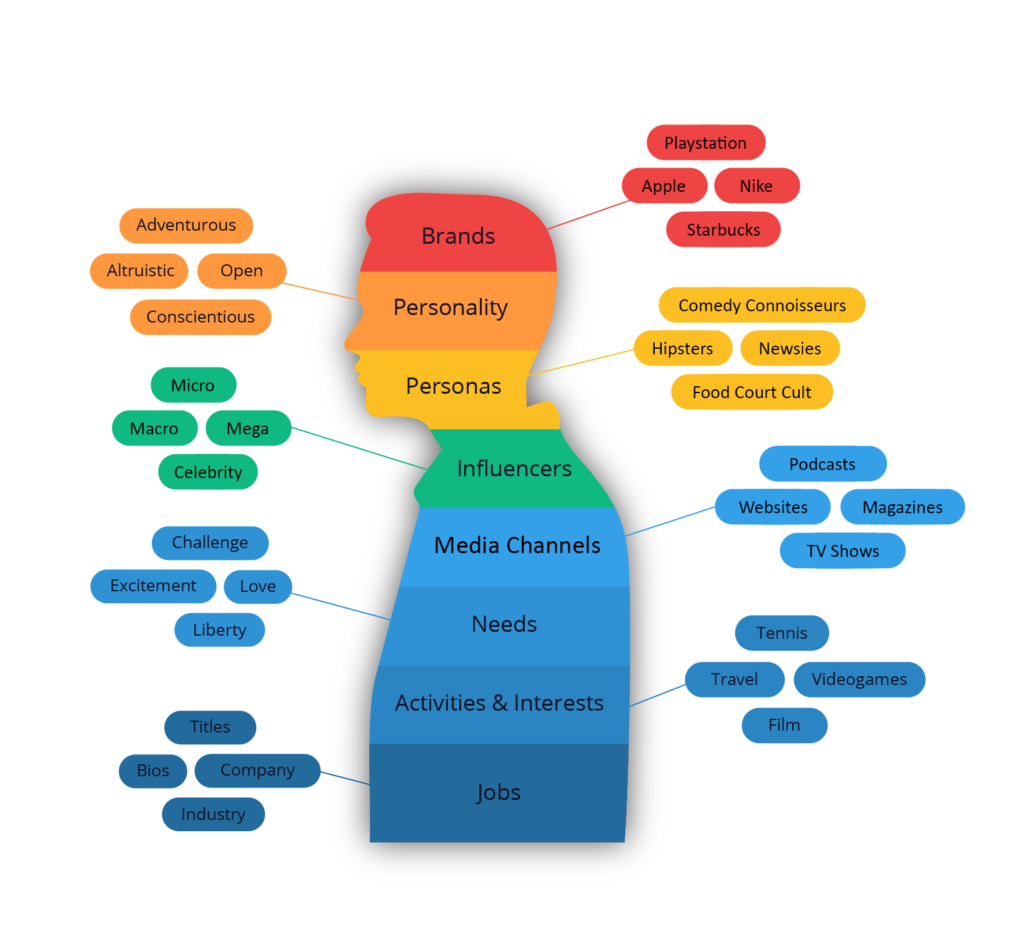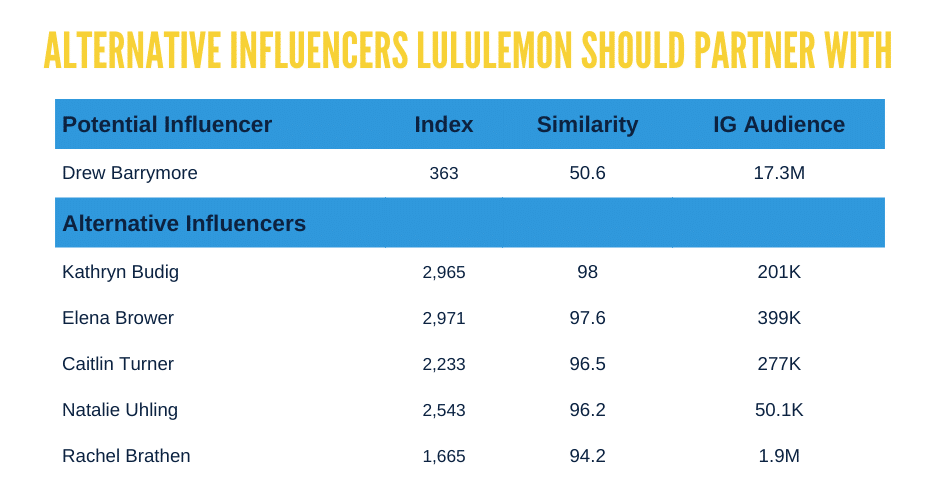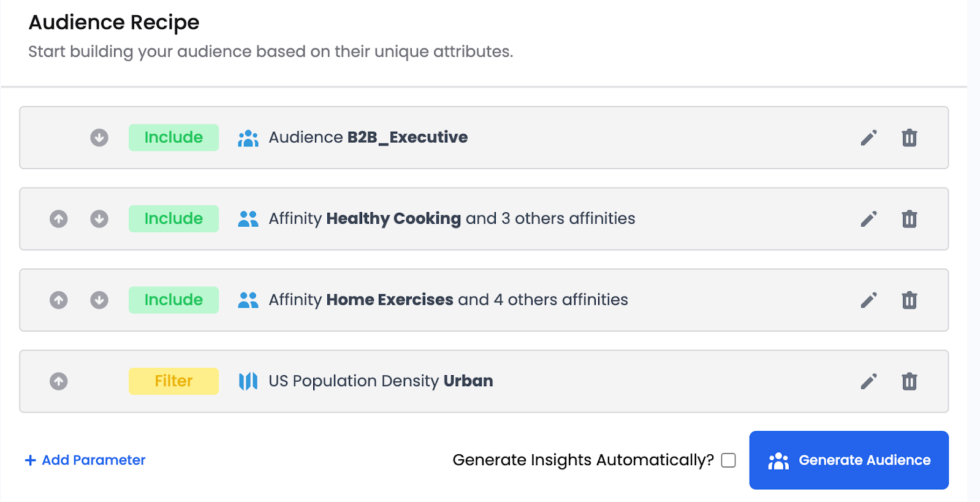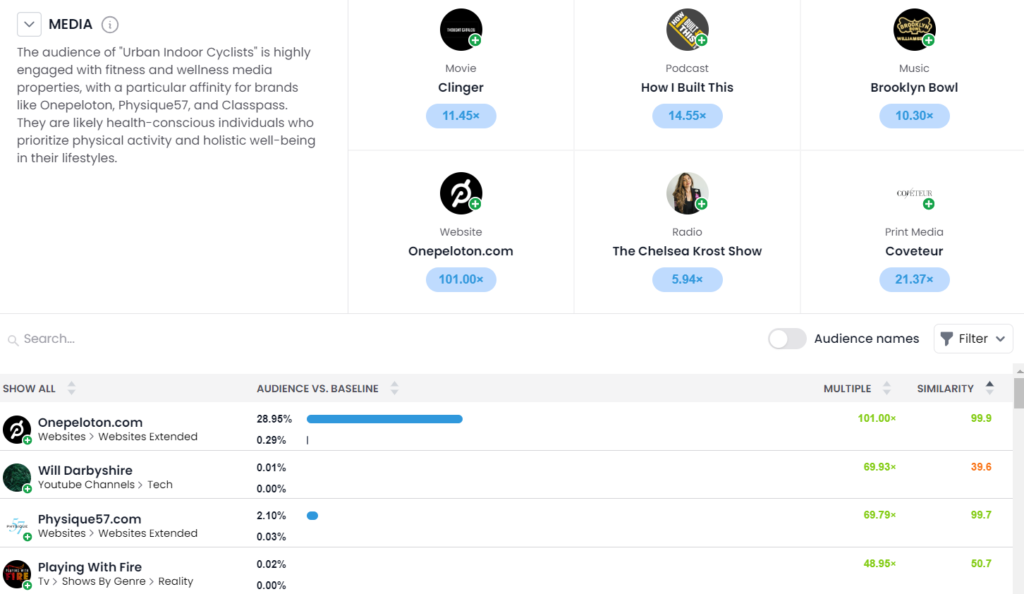As marketers, we know that the customer always comes first. It’s a core principle of any successful brand. But what about your target audience? Shouldn’t the same notion apply?
Taking an audience-first approach to marketing isn’t a new concept. But it’s one that very few brands actually execute well for 2 reasons:
- They’re too focused on the wrong metrics
- They don’t have the right tools in place for actionable insights
But these are no longer valid excuses. And they will soon be costly mistakes. A recent study by Yieldify showed that 75% of consumers prefer buying from brands that offer personalized digital experiences.
In this blog, we’ll break down everything you need to know about taking an audience-first approach to marketing—especially when it comes to your influencer and media campaigns. We’ll explore the following:
What is audience-first marketing?
Audience-first approach to influencer marketing
Audience first approach to media planning
Why audience-first is the future of marketing
What Is Audience-First Marketing?
Audience-first marketing is the creation and execution of a marketing strategy based on the unique interests and preferences of a specific audience.
Most marketers work toward this approach but are faced with data limitations preventing them from effectively following through.
Take a look at the below example of an audience profile:

Audience profiles like the above are critical to achieve an audience-first marketing strategy but are often unreachable for marketers utilizing common data sources such as those from their CRM, social listening, or traditional market research methods.
What they need are accurate and actionable consumer insights at scale. It might sound easier said than done. But what if you could harness the wealth of data available across social channels to better understand your target audience? We aren’t talking about social listening here, but the analysis of individuals based on their self-declared interests, brand affinities, media and influencer preferences, and more.
When you have the right tools like social audience insight platform, StatSocial you can harness valuable consumer insights on your audience, enabling you to take an audience-first approach.
An Audience-First Approach To Influencer Marketing
Most marketers and influencer agencies go about influencer discovery entirely wrong. Here’s their general process:
- Find popular influencers within a target demographic or content category
- Evaluate previous posts, sponsorships, or engagement to confirm content relevance
- Choose influencers based on vanity metrics such as reach, likes, comments, and shares
An audience-first approach to influencer marketing flips the script:
- Analyze existing customers or relevant segments to determine their unique attributes and hone in on your target audience
- Identify which influencers your target audience actively engages with across major social platforms
- Choose nano, micro, or macro influencers that your audience already trusts to ensure your campaigns will resonate
To see what this looks like, here’s an example of audience-first influencer discovery for popular athleisure brand, Lululemon, using StatSocial’s platform:

Notice how the beloved Drew Barrymore has massive reach compared to the alternative options but is really missing the mark in terms of similarity to Lululemon’s target buyers. Not to mention, she likely comes with a much higher price tag. This demonstrates how high level reach and engagement metrics are never enough to truly indicate whether an influencer partnership will be a success.
An Audience-First Approach To Media Planning
Similar to influencer discovery, you can (and should) also take an audience-first approach to media planning. Here’s how you do it using StatSocial:
1. Build a target audience for any consumer, brand, or influencer:

2. Start uncovering the audience’s unique media preferences spanning traditional media channels, niche podcasts, websites, CTV, and more:

3. Craft campaigns around key insights discovered.
Knowing where and how your audience likes to consume content is the foundation of any successful media planning strategy. With a few clicks, StatSocial helps you easily pinpoint which channels you should invest your marketing dollars in while also discovering a few new ones.
Why Audience-First Is The Future of Marketing
There was a time when going off a hunch and some customer data was enough to cut it in marketing. Not today. Ecommerce has created an ecosystem of endless brands. Customers have short attention spans and are toggling between channels.
The winning marketing formula used to be ‘know your customer’. Today, it’s more like:
- know your customer
- know your target audience
- know your competitors’ audience
- know potential untapped audiences
- know when and where to effectively reach your audience
If it sounds like a lot, that’s because it is—which is why most marketers don’t use an audience first approach. But StatSocial’s platform makes all of this embarrassingly simple. It’s why we landed on G2’s 2024 High Performer Report.
See how StatSocial helps you easily accomplish an audience-first marketing strategy with a free, personalized demo.
Looking to learn more about StatSocial’s platform and how you can create an audience-first marketing strategy that converts?
> Influencer Analytics vs. Influencer Discovery Tools: What Every Marketer Needs To Know
> The Audience Intelligence Solution You Need to Truly Understand Your Consumers
> The Truth About Audience Intelligence Platforms (And How To Choose The Best One)